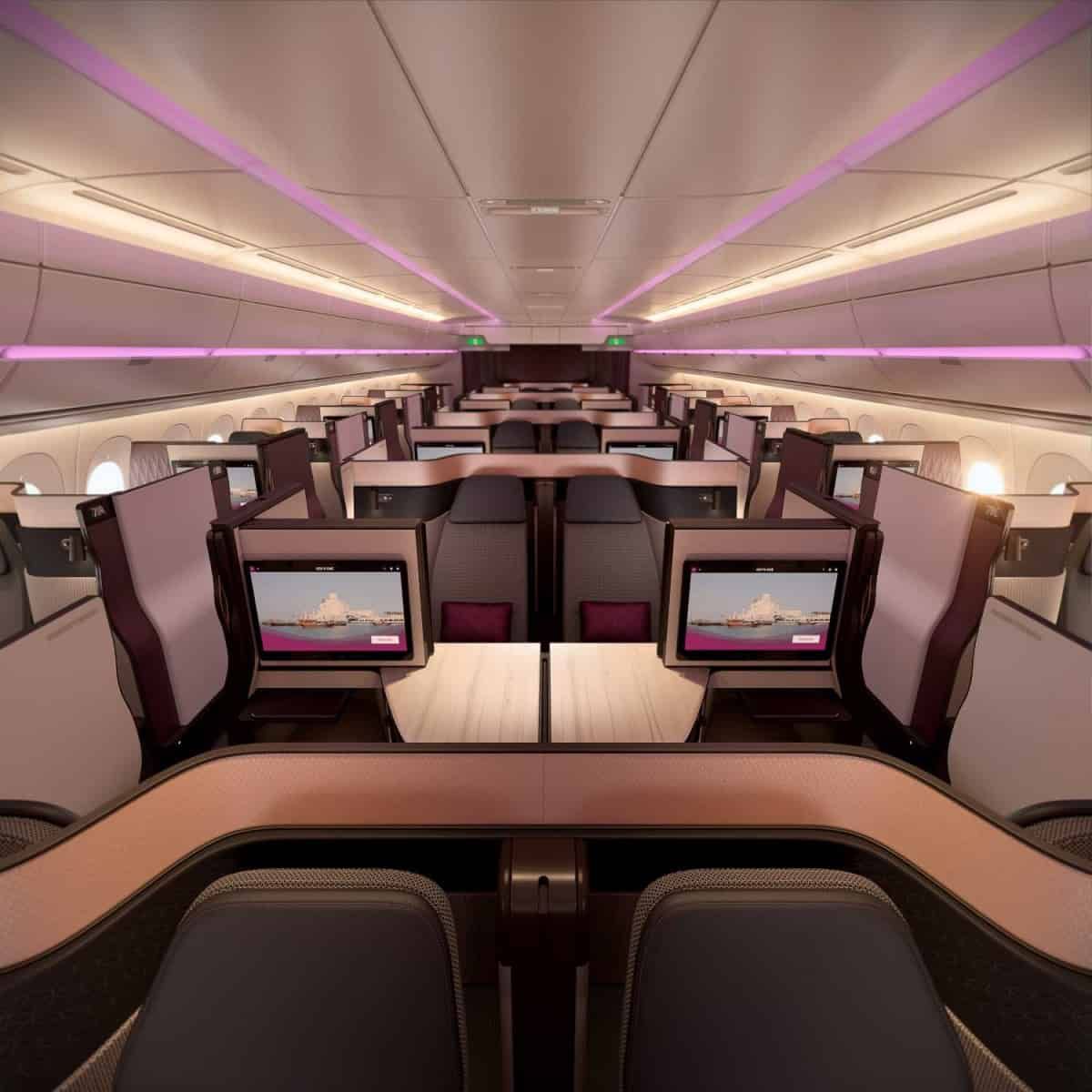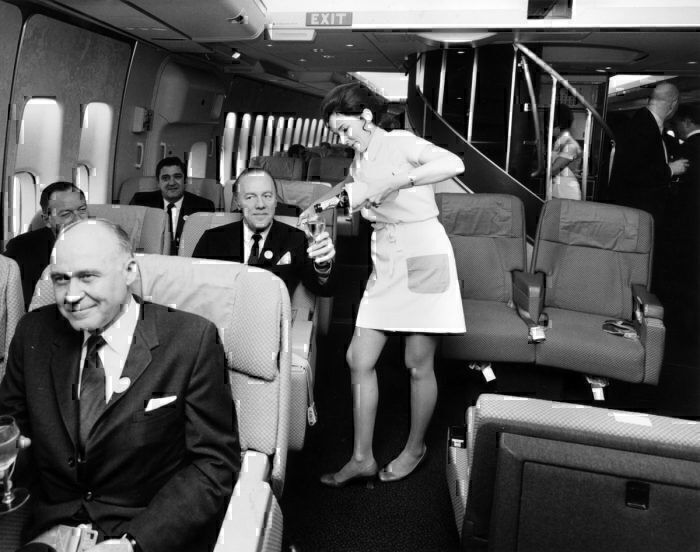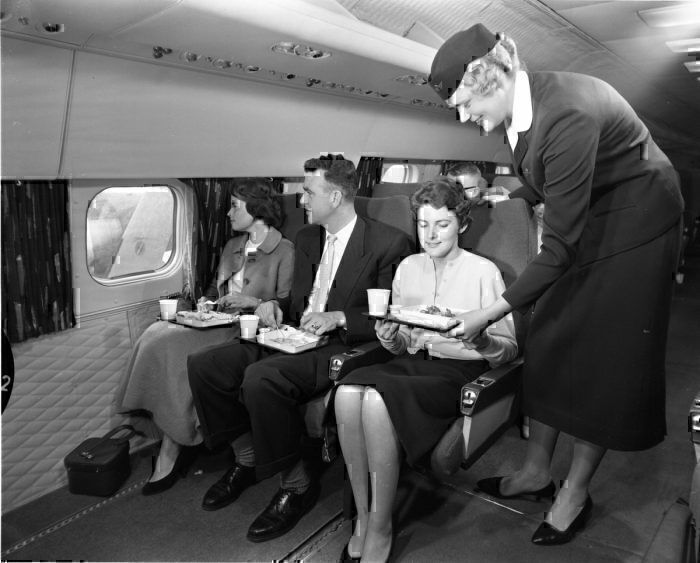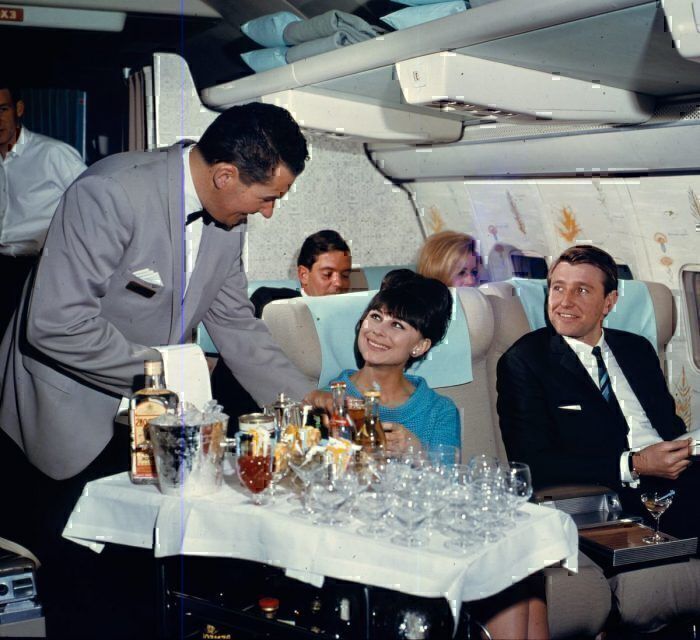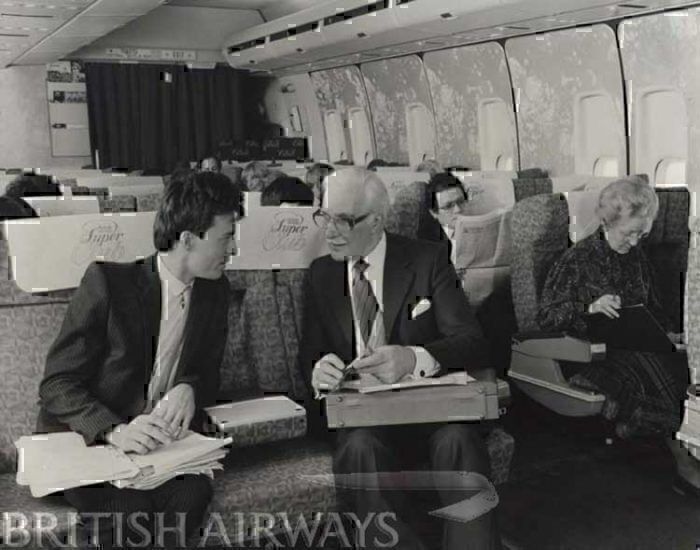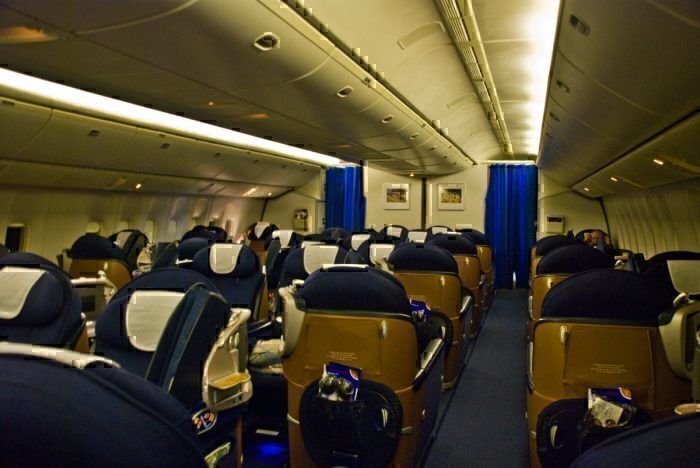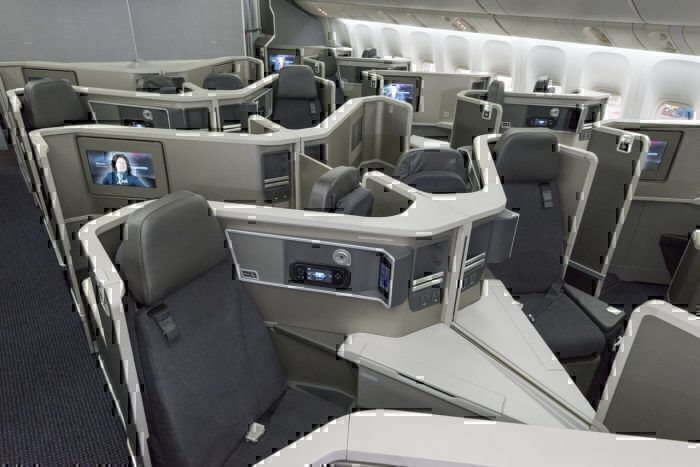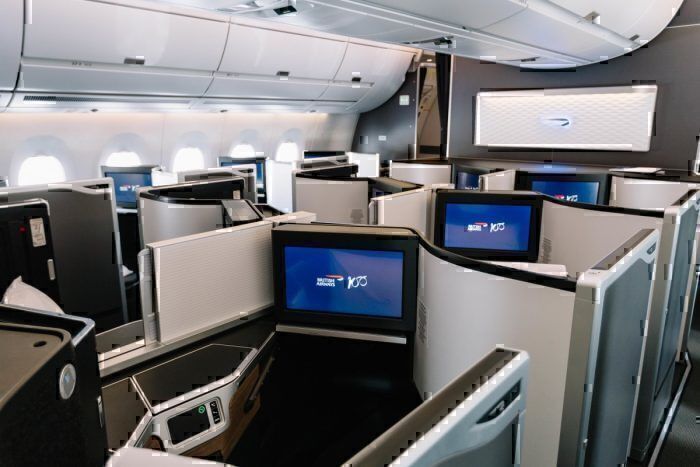Business class has come a long way since it first came about around 40 years ago. Flat beds are now taken as standard, and airlines are searching for ways to improve and differentiate whilst still controlling cost. In this article, we take a short look at the history and evolution of the business class concept and cabin.
Stay informed: Sign up for our daily aviation news digest.
The beginnings of business service
In the 1970s, airlines began to realize that they could do more for regular fliers. Economy cabins were getting fuller, and many customers were starting to travel more frequently. First class cabins had existed for some time (TWA began offering two-class cabins in 1955, and even going back to the Flying Boat era, there were luxurious options).
Business class was born out of this need to offer some economy passengers more space and comfort. During the 1970s, many airlines began to offer a separate section of the main cabin, with the same seats, for frequent fliers or full-fare economy passengers. For example, Japan Airlines launched the ‘Tachiana’ (Orange Blossom) cabin in 1975, KLM offered the ‘Full Fare Facilities’ package and Delta launched the Delta Medallion service.
Improving the service
The popularity of this saw it taken further. For example, British Airways launched an ‘Executive Cabin’ on the Boeing 747 in 1977 (with less dense economy seating and improved service) and took this further with ‘Club Class’ in 1979 (with much-improved food and drink service).
Pan Am launched ‘Clipper Class’ in 1978, again with improved service, and access to first class lounges. And Thai Airways launched ‘Business Class’ on their long-haul services in 1977 – possibly the first airline to use the phrase.
Although these brought many improvements to economy service, they were still economy seats and economy class tickets.
Creating a separate business class cabin
It was not until the late 1970s that airlines went further and introduced a true business class cabin. Qantas was the first, offering a larger business class seat, along with improved service and entertainment, for a new fare 15 % higher than economy class.
Other airlines soon followed, with British Airways introducing 2-2-2 business seating in a ‘Super Club’ cabin in 1981. Pan Am and TWA introduced similar offerings, with TWA re-using first class seats in a new cabin.
The first business class flat bed – British Airways
From then on, improvements in seats and service continued with many airlines as the popularity of the business cabin grew. Through the 1990s, many airlines introduced larger seats, with leg rests and more recline.
A major milestone came in March 2000, when British Airways (together with British firm Tangerine) launched the first flat bed product for business class. This was a whole new concept; a truly flat bed (with a seat rest that met the reclined seat) rather than just a reclining seat as had become standard. With many improvements, this alternating forward / backward flat bed remains the main offering with British Airways today.
Searching for improvements
Since the introduction of flat beds in 2000, most other airlines have introduced these in business class. Several manufacturers offer a number of seat products, leading to many similarities in airline offerings.
To set themselves apart and offer better facilities, airlines have been searching for changes. British Airways, for instance, has made repeated changes to its service offerings (improving food, drink and bedding offered, for example). American Airlines did the same when it launched its ‘International Flagship’ product.
There has been another step forward in business class experience in recent years as several airlines have introduced even better seating options. In some ways, this is now blurring the divide between business and first class.
A classic example is Qatar Airways, which has launched the QSuite seating: individual business class doored suites that can be combined together for groups. And British Airways has revamped it's 20-year-old ‘Club World’ with a new Club Suite seat, offering 1-2-1 configuration (as it previously offered in first class).
There have been many milestones and changes in business class offerings over the years. This has just been a short overview of some of the main ones. Feel free to leave your thoughts and ideas on some of the other historic offerings in the comments.

